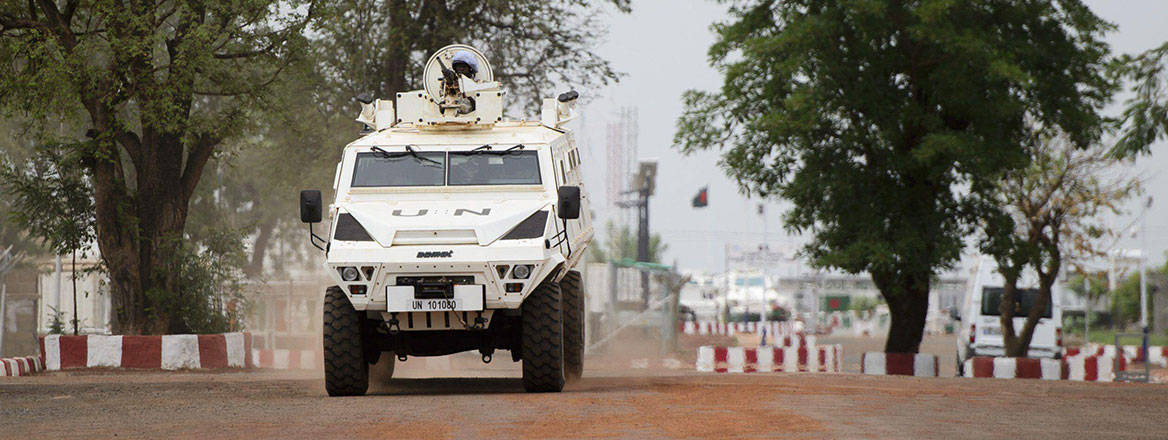International Conflict Stabilisation: Assessing Progress and Future Prospects
Policymakers and practitioners need to engage in an honest debate about the strengths and weaknesses of stabilisation.
Executive Summary
Despite early optimism, many countries that have received international stabilisation support from the late 1990s to the present have gone on to experience further instability. The patchy track record of international stabilisation initiatives poses questions on whether failures to build lasting stability are attributable to stabilisation doctrine itself, to the difficulties of applying it in the real world, or wider political challenges at home and abroad.
This paper summarises the findings of a project that ran between September 2021 and March 2022 which was designed to promote evidence-based dialogue on international conflict stabilisation. It is based on research and consultations carried out by RUSI and First Call Partners which brought together academics, policymakers and stabilisation practitioners who are familiar with stabilisation policy and practice. Findings suggest that a stabilisation lens does add value in unstable settings by focusing attention on essential short-term preparatory tasks, and on important questions of coherence. At the same time, the paper points to tensions and limitations around the stabilisation concept that have led many practitioners and analysts to express doubts about its future viability.
The paper argues that while no single factor accounts for what are both real and perceived inadequacies of stabilisation, at the strategic level, unwarranted assumptions have frequently influenced the design of stabilisation initiatives, which have often been designed with unrealistic or vague strategies. Moreover, despite growing recognition that stabilisation work must be understood politically, in many cases, initiatives have been continued into the long term in the absence of wider strategy and political engagement. Under such conditions, stabilisation can become a sub-optimal sticking plaster that substitutes for determined political engagement, detracting from efforts to address the root causes of violent conflict or dysfunctional state institutions.
The paper also explores numerous examples of good and bad application of stabilisation doctrine at the tactical and operational levels. Alongside some effective innovative practice, recurrent weaknesses are identifiable in relation to planning, analysis, staffing, bureaucratic and organisational practices, monitoring, evaluation and learning.
Recommendations are offered to improve the framing and application of the stabilisation concept. A case is also made for reconceptualising how stabilisation sits within overall approaches towards violent conflict and insecurity overseas. The paper suggests that future stabilisation initiatives maintain a narrow scope. When prevention fails, stabilisation strategies should be conceived as short- to medium-term efforts to cohere all relevant actors on conflict management and reduction priorities in ways that do not block pathways towards recognition of public demands for fair treatment, security and economic wellbeing in the long term. While stabilisation initiatives cannot themselves address the root causes of conflict, they can remain mindful of their own potential contradictions and more consistently focus attention on drawing down stabilisation efforts while seeking to incentivise and support political negotiations, institutional reform and peacemaking.
Refocusing stabilisation on critical short- to medium-term tasks and revisiting core assumptions could refresh a struggling agenda. It may also spur re-engagement with neglected policy agendas such as conflict prevention, security sector reform, conflict resolution and peacebuilding. If a significant dose of realism and humility can be accepted, future stabilisation initiatives could play one part in a more effective and coherent set of international engagements with violent conflict. To facilitate this, there will need to be honest debate and ongoing reflection among practitioners and policymakers, with greater acceptance of the limits of external influence and the inherent tensions and drawbacks of prolonged stabilisation efforts.
Isadora Gotts
Hope Kilmurry
Simon Rynn
Former Senior Research Fellow, African Security
Henry Smith
- Jim McLeanMedia Relations Manager+44 (0)7917 373 069JimMc@rusi.org



